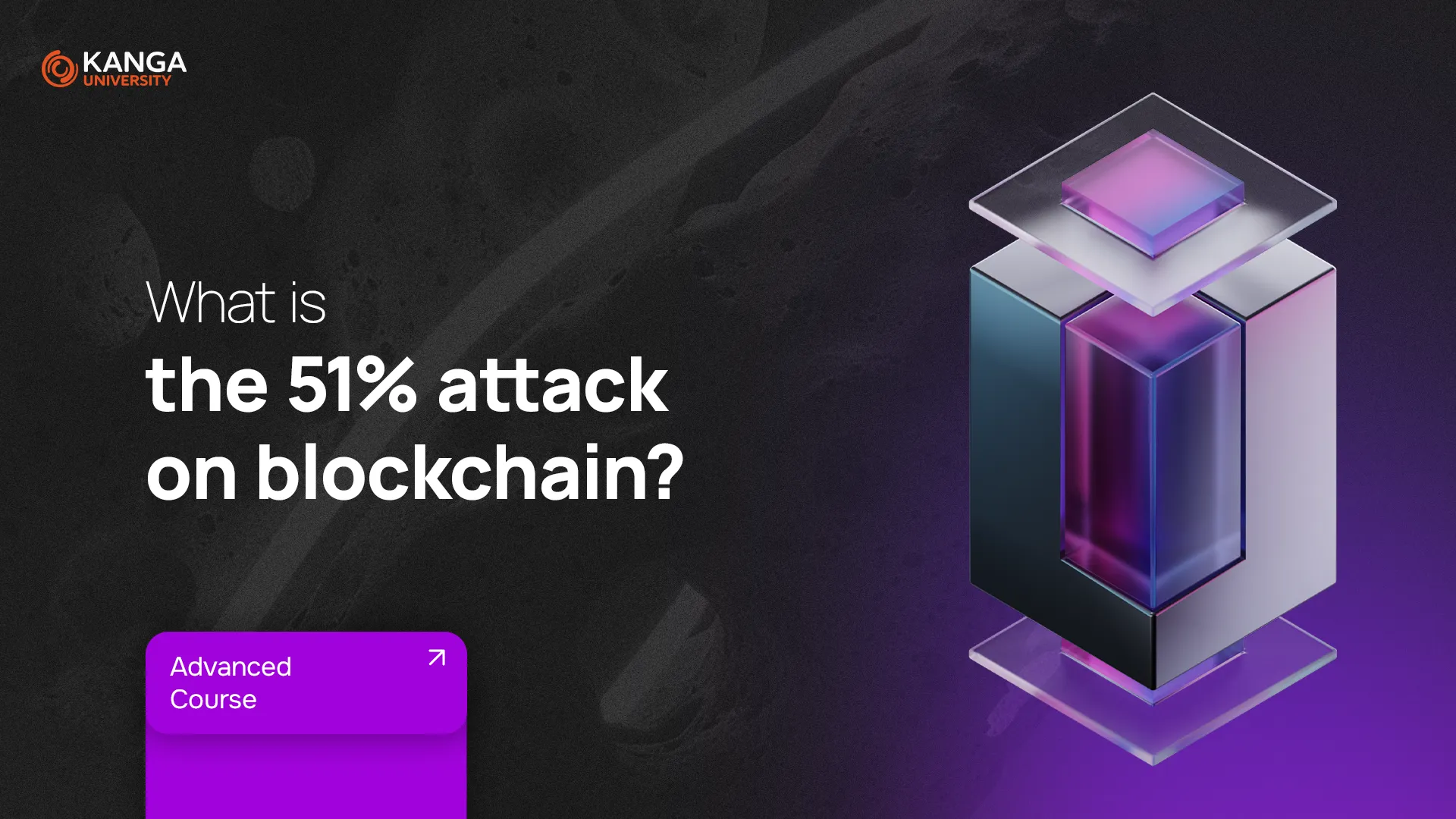
One of blockchain’s greatest strengths is its security. The decentralized nature of the network and the need for consensus among nodes make it extremely resistant to manipulation. But even this robust system isn’t completely immune. There’s a rare – yet critical – vulnerability known as the 51% attack.
First, how does a blockchain even work?
To understand a 51% attack, you first need to know how blockchain functions.
Blockchain is a decentralized ledger where transactions are grouped into “blocks.” These blocks are validated by computers – called nodes or miners – which solve complex puzzles to add new blocks to the chain. This process is known as mining and, in cryptocurrencies like Bitcoin, it’s based on a system called Proof of Work (PoW).
Each miner competes to solve a mathematical problem. Whoever solves it first adds the new block and earns a reward. The power they use is called hash rate – basically, computing power dedicated to maintaining the network. In a secure blockchain, this power is spread across many independent users, which makes it very hard to control or manipulate.
What is a 51% Attack?
A 51% attack happens when one miner or group gains control over more than half of a network’s total hash rate. With that much power, they can:
-
Rewrite parts of the blockchain
-
Create a duplicate version of the network
-
Spend the same coins twice (called double-spending)
-
Delay or block other users’ transactions
This doesn’t mean they can steal other people’s crypto or reverse old transactions. But they can disrupt the network, harm investor trust, and potentially profit through manipulation.
How could this happen?
Imagine someone secretly builds a copy of the blockchain while still sending valid transactions on the main one. Because they control over 50% of the hash rate, they can eventually make their version of the chain longer. When that happens, the network accepts the longer chain as valid – replacing the original and erasing the earlier transactions.
The attacker could then use the same coins again – hence the term double-spending.
Is it just theory, or has it happened?
While it’s nearly impossible to pull this off on massive networks like Bitcoin, smaller cryptocurrencies (called altcoins) are more vulnerable.
For example, in August 2021, Ethereum Classic suffered a 51% attack that led to a reorganization of over 7,000 blocks – equivalent to two days’ worth of transactions. The attack happened because the network’s total hash rate was relatively low, making it easier to overpower.
What is NiceHash and why does it matter?
As crypto mining became more popular, miners began joining forces to increase efficiency. That’s how services like NiceHash emerged – a marketplace where users can rent and lease computing power.
It’s a great tool for boosting mining potential without owning hardware, but it also raises a concern: if someone rents enough power through services like NiceHash, they could theoretically launch a 51% attack on weaker networks.
Is Bitcoin safe?
Yes – for now. Bitcoin’s enormous hash rate and network size make a 51% attack economically unfeasible. It would require massive resources, advanced coordination, and billions of dollars just to attempt it.
Also, Bitcoin’s global community of miners is highly competitive. They’re constantly validating and securing the network. The deeper a block is in the chain, the harder and costlier it becomes to alter.
Key takeaway: bigger is safer
The more miners and computing power a network has, the harder it is to attack. That’s why Bitcoin and Ethereum are considered secure, while newer or smaller projects might be easier targets.
Still, no system is 100% immune. That’s why it’s critical to evaluate a project’s security before investing.
Summary
The 51% attack is a real – although rare – threat in the world of blockchain. It doesn’t mean blockchain is broken, but it shows that decentralization is only as strong as the network behind it. When you look at a new crypto project, ask yourself:
-
How large is the network?
-
What’s the current hash rate?
-
Has the blockchain suffered attacks in the past?
Understanding the dynamics of mining power and network strength will help you spot red flags early.
Make your first steps on the market with Kanga Exchange